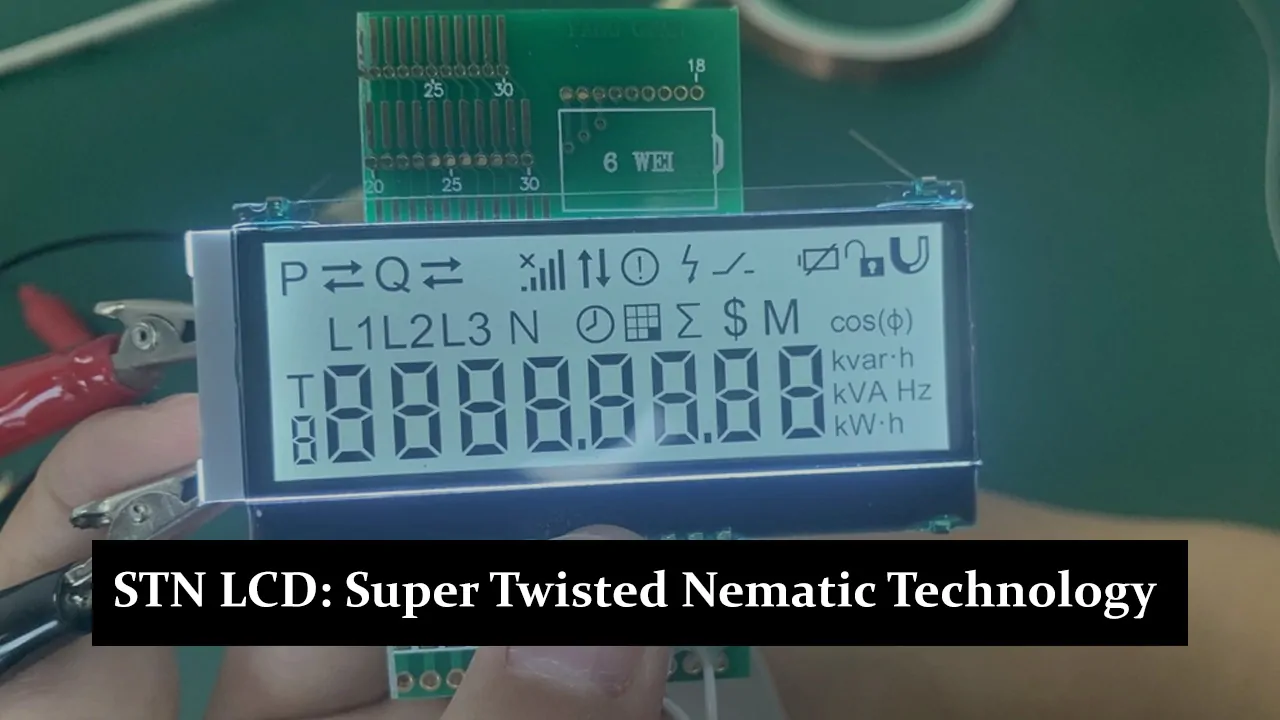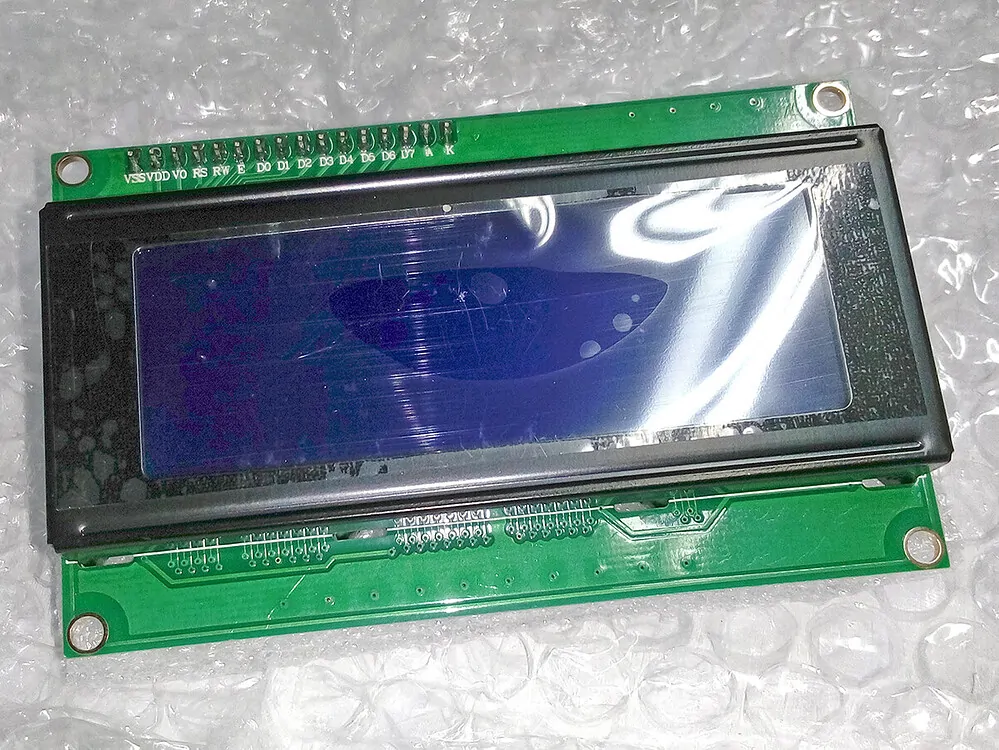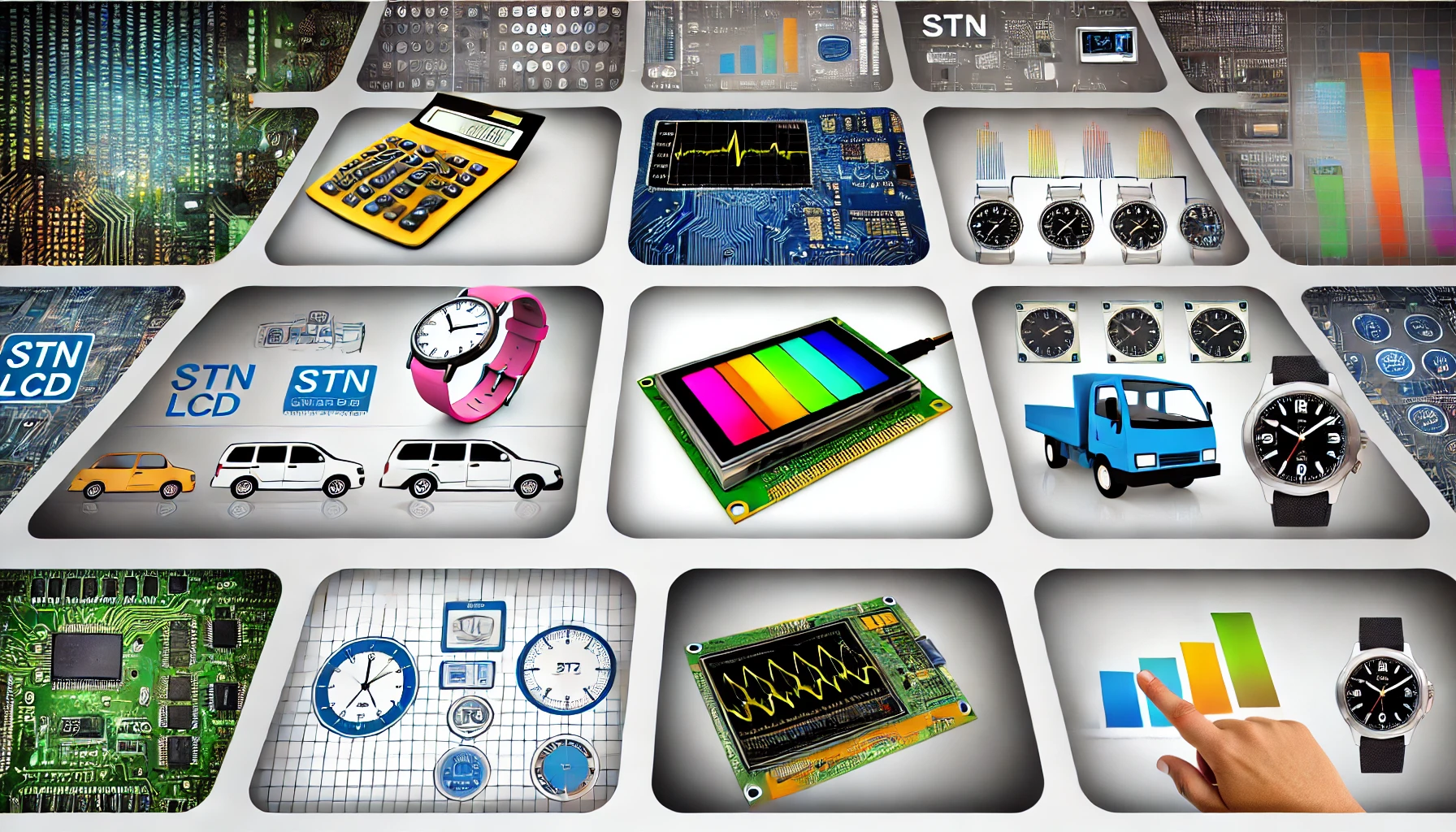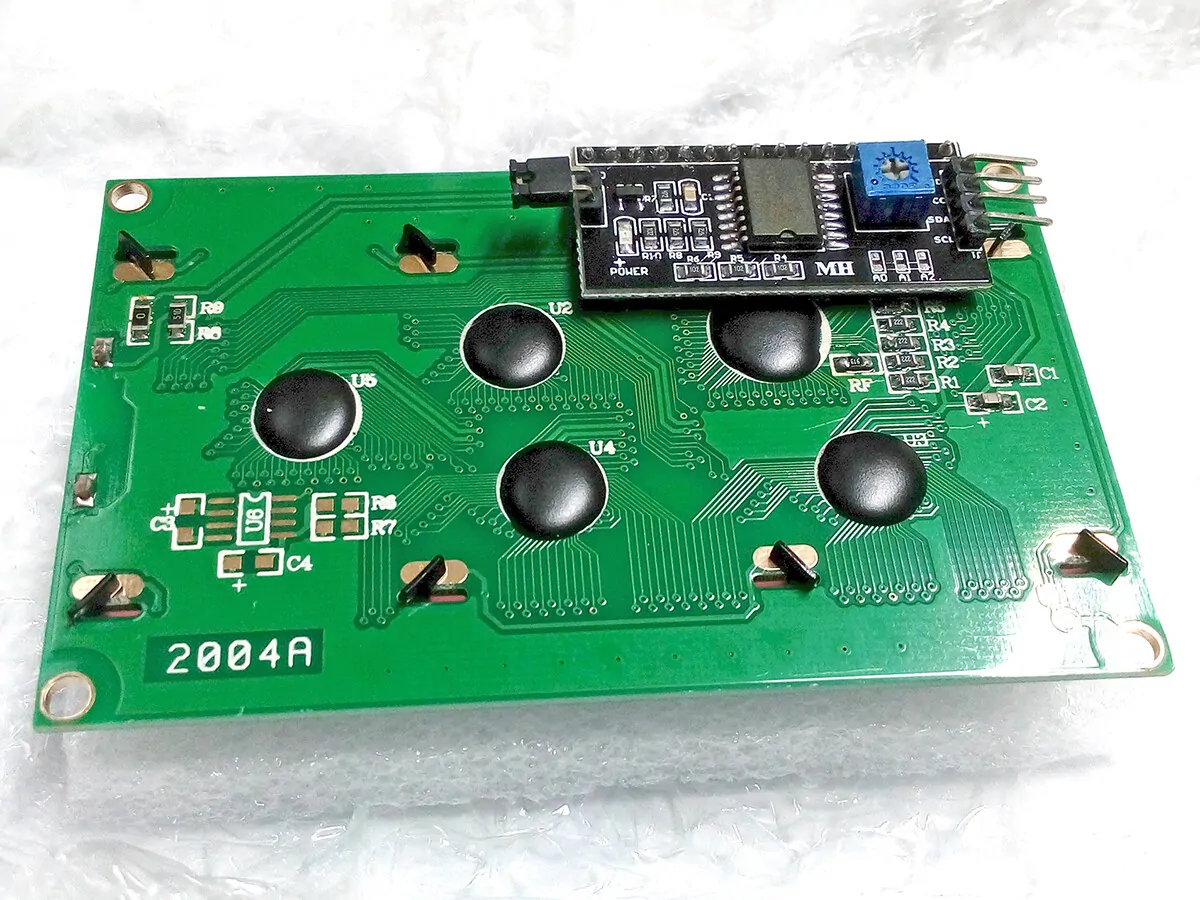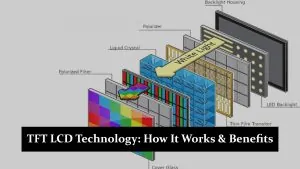Liquid Crystal Displays (LCDs) are widely used in various devices because they offer clear and energy-efficient displays. LCD technology works by controlling the alignment of liquid crystals to either block or allow light to pass through. There are several types of LCDs, including TN (Twisted Nematic), IPS (In-Plane Switching), and STN (Super Twisted Nematic). STN LCDs offer enhanced contrast and lower power consumption than basic TN displays, making them suitable for portable and low-power devices. This blog explores STN LCD technology, its workings, and its applications.
History and Development of STN LCD
STN (Super Twisted Nematic) LCD technology was improved over the earlier TN (Twisted Nematic) LCDs to address issues like limited viewing angles and lower contrast. The origin of STN LCDs can be traced back to the need for a display that offered better clarity and reduced power consumption for portable devices. Over time, LCD technology evolved from basic TN displays, which used minimal twisting of liquid crystals, to STN displays that introduced a “super twist” of up to 270 degrees, enhancing performance. STN LCDs provided better contrast and were more energy-efficient, making them popular for calculators, handheld devices, and industrial applications.
How STN LCD Works
STN (Super Twisted Nematic) LCDs work by manipulating the alignment of liquid crystals between two glass layers to control the passage of light. In traditional TN (Twisted Nematic) displays, liquid crystals are twisted at a basic angle (typically around 90 degrees). In contrast, in STN displays, the crystals are twisted at a much steeper angle (up to 270 degrees), hence the term “super twisted.” This increased twist enhances the display’s contrast and reduces the need for backlighting.
Polarisers filter the light that passes through the crystals, and colour filters are used in Colour STN (CSTN) displays to enable full-colour output. Voltage is applied to control the crystal alignment, modulating light transmission and producing the desired images with improved contrast compared to earlier LCD technologies.
Types of STN LCD
Monochrome STN
Monochrome STN (Super Twisted Nematic) displays use a single colour, typically black, grey, or blue-green, to show text and simple graphics. These displays operate by twisting liquid crystals at a super angle, which enhances contrast and clarity compared to traditional LCDs. Monochrome STN displays are power-efficient and ideal for low-energy applications such as calculators, digital watches, and industrial equipment where colour isn’t necessary. Still, visibility and power consumption are important factors.
Colour STN (CSTN)
Colour STN displays, or CSTN, introduce colour filters to the basic STN structure, allowing them to produce full-colour images. This addition enables CSTN to display a wide range of colours, expanding the possibilities for use in more visually demanding applications. While CSTN offers the advantage of colour, it has lower colour accuracy and slower response times compared to more advanced display technologies like TFT. CSTN is commonly used in devices like early mobile phones and low-cost handheld electronics, where moderate colour output is acceptable.
Pros and Cons
Applications of STN LCD
- Consumer Electronics: STN LCDs are commonly used in everyday consumer devices such as calculators, digital watches, and handheld electronic gadgets. Low power consumption and cost-effectiveness make them ideal for these basic display needs.
- Industrial Displays: In industrial settings, STN LCDs are used in meters, instrumentation panels, and embedded systems, where simplicity, durability, and power efficiency are prioritised over high-resolution graphics.
- Automotive Industry: STN LCDs are integrated into dashboards and vehicle control displays, providing essential information with low power usage and sufficient visibility in various lighting conditions.
- Medical Devices: STN LCDs are utilised in portable medical monitors and diagnostic tools, where clear, power-efficient displays are necessary for continuous operation without frequent recharging.
STN LCD vs Other Display Technologies
STN LCD vs TN LCD
- Key Differences: While both are based on the twisted nematic effect, STN LCDs feature a “super twist” of up to 270 degrees compared to TN’s basic 90-degree twist. This results in better contrast and wider viewing angles in STN displays.
- Improvements: STN displays consume less power and provide higher contrast than standard TN displays, making them more suitable for applications where power efficiency is crucial, such as portable devices.
STN LCD vs TFT (Thin Film Transistor) LCD
- Image Quality: TFT LCDs offer superior image quality, including sharper visuals, faster response times, and better colour accuracy than STN LCDs.
- Power Consumption: While TFT displays provide better performance, they consume more power than STN LCDs, which are more suitable for low-energy environments.
- Use Cases: TFT displays are ideal for high-performance devices like smartphones and monitors, while STN is preferred for basic applications like calculators and low-power industrial displays.
STN LCD vs OLED
- Contrast: STN LCDs offer simple, low-energy displays with moderate contrast, while OLED screens are known for their vibrant colours, deep blacks, and superior contrast.
- Performance: OLED displays provide faster response times, higher refresh rates, and wider viewing angles, but they consume more power.
- Use Cases: STN LCDs are used in low-power devices, while OLED screens are used in high-end devices like smartphones, TVs, and premium displays where image quality is paramount.
Challenges Faced by STN LCD
- Technological Limitations in Color Accuracy and Refresh Rate
STN LCDs struggle to provide accurate colour reproduction and have slower refresh rates, which limits their use in modern, high-performance devices that demand vibrant displays and quick responsiveness. - Competition from TFT and OLED Displays in the Modern Market
With the rise of TFT and OLED technologies offering better image quality, faster response times, and improved colour accuracy, STN LCDs face stiff competition and are less favoured for high-end applications. - Limited Adoption in High-Resolution, High-Performance Devices
Due to their lower resolution and slower performance, STN LCDs are not commonly used in high-resolution devices like smartphones, tablets, or advanced monitors, which require cutting-edge display technology.
Conclusion
STN LCDs have played a significant role in the evolution of display technologies by offering a cost-effective and power-efficient solution for basic display needs. While their performance is limited compared to modern technologies like TFT and OLED, STN LCDs remain relevant in low-power applications such as calculators, industrial equipment, and simple portable devices. Despite their technological limitations, their simplicity and energy-saving benefits make them a practical choice in specific niches. As display technologies advance, STN LCDs remain valuable for devices where high performance is not the primary requirement.
